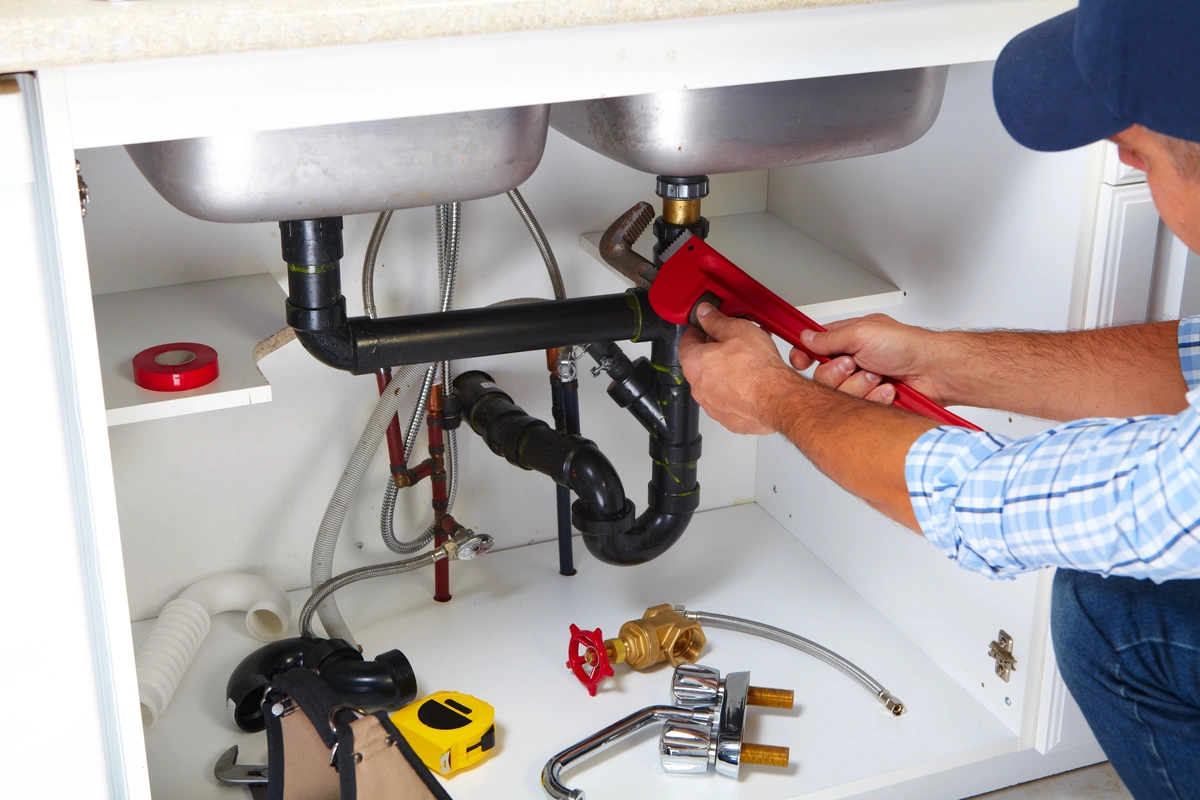Trusted Plumbing Services Alabaster AL for All Your Repairs
Trusted Plumbing Services Alabaster AL for All Your Repairs
Blog Article
A Step-by-Step Overview to Reliable Hot Water Heater Installment for Optimal Efficiency
Starting the task of setting up a hot water heater is a venture that demands precision and a methodical strategy for achieving optimum performance. The process starts with the vital choice of choosing the appropriate heating unit customized to the details demands of your house, taking into consideration elements such as power, type, and size resource. When chosen, preparing the setup location to fulfill security requirements is critical. The trip does not end below. As you proceed, the intricacies of attaching water lines and setting up reliable electrical or gas connections await, promising insights into making sure performance and reliability.
Picking the Right Hot Water Heater

Following, think about the size and capability of the hot water heater. It's important to examine your family's warm water demands, which can differ based on the number of owners and their usage patterns. A system that's also small may cause insufficient hot water, while an extra-large model may result in unneeded power consumption.
Performance ratings additionally play a crucial role in option. Seek hot water heater with high Power Element (EF) rankings, suggesting superior efficiency and reduced energy use. Tankless versions, though usually a lot more pricey ahead of time, deal substantial energy savings gradually because of their on-demand heating abilities.
Preparing the Setup Area
Prior to setting up a new water heating unit, precise preparation of the installment area is vital. It's important to measure the space very carefully to suit the water heater's measurements, ensuring sufficient clearance around the device for effective operation and servicing.
Following, eliminate any kind of debris, dust, or blockages from the site to produce a clean environment. Check the floor for security, as the hot water heater will need a solid, level surface to operate successfully. If essential, install a drip pan beneath the device to catch possible leaks or spills, stopping water damages to the surrounding location. In regions susceptible to seismic task, take into consideration setting up seismic straps to secure the heating unit strongly in position.
In addition, ensure that all required tools and materials are on hand before starting the installation. This consists of things such as wrenches, screwdrivers, a level, and any kind of additional hardware needed for placing and safeguarding the heating system. A well-prepared installment area sets the structure for a successful water heating unit setup, enhancing efficiency and safety.
Connecting Water Supply Lines
When linking water system lines to your newly mounted hot water heater, it is essential to make certain that all connections are leak-free and safe to maintain reliable procedure and protect against water damages. Begin by determining the cold and warm water system lines. The chilly water inlet is usually marked with a blue label or a "C", while the warm water outlet is noted with a red tag or an "H".
Use flexible water heater connectors to promote a much easier installation process. Prior to attaching the adapters, place a plumbing's tape around the threaded ends of the water heating system's inlet and outlet pipelines.
When links are in location, gradually switch on the main water valve. Check each link for leaks by visually feeling and inspecting for important link dampness. Tighten up links as needed, and guarantee the stress alleviation shutoff is properly set up, guarding against too much stress build-up.
Setting Up Electrical or Gas Connections
Appropriately establishing up the electrical or gas connections for your water heater is a crucial step to ensure secure and effective operation. For electrical water heaters, begin by confirming that the electrical circuit is suitable with the heating system's voltage and amperage requirements.
For gas hot water heater, security is vital. Validate that the gas supply is off before continuing. Link the gas line to the hot water heater making use of a versatile gas adapter, ensuring it is effectively threaded and sealed with pipeline joint compound or Teflon tape appropriate for gas links. Tighten the links with a wrench, making sure not to over-tighten (Plumbing Alabaster AL).
Once connections are made, inspect for any potential leakages. For gas lines, use a soapy water service to the joints; bubbles suggest a leakage. For electric connections, confirm that all electrical wiring is secure and appropriately insulated, keeping compliance with neighborhood electrical codes.
Testing and Readjusting for Efficiency
With the electric and gas connections safely in place, the following step is assessing the operational effectiveness of your water heating system. Begin by thoroughly turning on the water system and making sure there are no leaks at any one of the shutoffs or joints. When verified, proceed to fill up the tank, taking notice of the stress and temperature settings. It additional hints is a good idea to establish the thermostat to a suggested temperature of around 120 ° F(49 ° C) to stabilize power efficiency and comfort.
Following, carry out a detailed examination to make certain the home heating elements or gas heaters are functioning correctly. For electric heating units, utilize a multimeter to validate if the components are attracting the proper current. In gas versions, observe the burner flame; it needs to be steady and blue, showing effective combustion.
Readjust the settings as required to eliminate inefficiencies. Think about carrying out insulation procedures, such as including a water heater blanket, to further boost efficiency by reducing warmth loss. Furthermore, examine the anode rod's problem, as a scrubby pole can minimize efficiency and lead to storage tank rust.
Verdict
Reliable water heating unit installation is critical for making certain optimum efficiency and power cost savings. Safely view it linking water supply lines and meticulously establishing up electrical or gas links reduce potential concerns.

Appropriately establishing up the electrical or gas links for your water heater is an important step to make sure safe and efficient procedure. For electrical water heating units, begin by verifying that the electric circuit is suitable with the heating system's voltage and amperage demands. Attach the gas line to the water heating system making use of an adaptable gas connector, guaranteeing it is effectively threaded and sealed with pipe joint substance or Teflon tape ideal for gas links.
Report this page